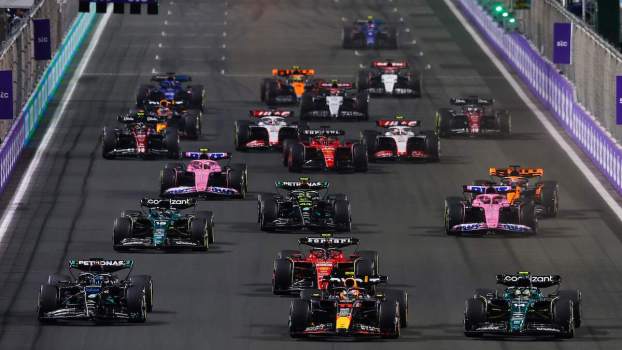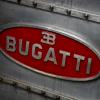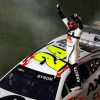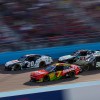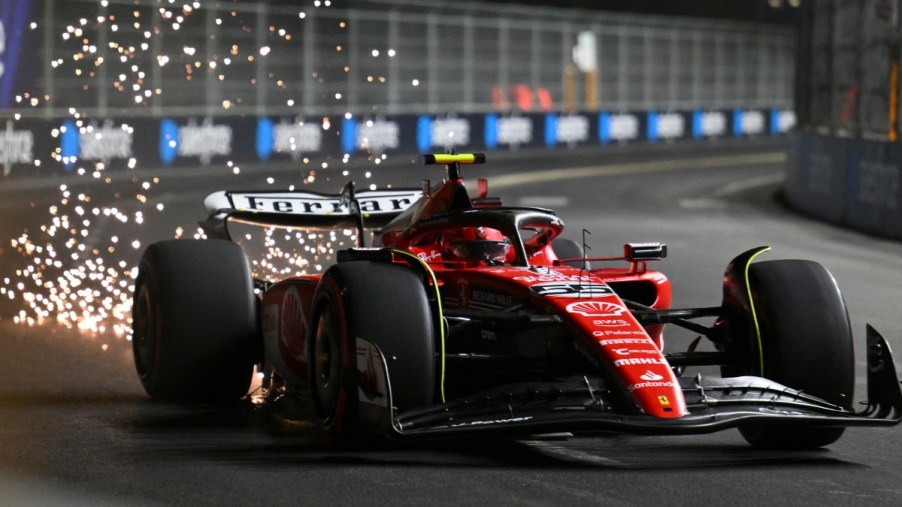
Opening Night of the Schadenfreude Grand Prix in Las Vegas Is Formula 1 Mismanagement at Its Finest
I’d like to start by saying that I am a fan of Formula 1 and have been since 2003. So when I say that the Las Vegas Grand Prix is off to a miserable start, I say that with plenty of context. But somehow, the Las Vegas GP devolving into real-time Schadenfreude feels different.
Formula 1 mismanagement is far from new. But Night 1 of the Las Vegas Grand Prix weekend goes beyond the pale.
How it all started
The mess that is the Las Vegas Grand Prix weekend started before cars ever hit the track. With ticket prices well into four figures and several Las Vegas hotels offering six-figure packages, even those with the means to attend balked at the premium price tag attached to this glitzy event.
Then, a looming labor strike threatened to all but shut down the event. Vegas hotel staffers demanded better working conditions, job security, and safety, and negotiations lasted until Nov. 11.
Furthermore, Formula 1 apparently forgot that it gets cold at night in November, especially in the desert.
In Las Vegas, the lack of humidity and vegetation means that temperatures fluctuate wildly from day to night. Forecasted temperatures in the mid-40s would push everything from race tires to engine oil outside their ideal rang, threatening to cause performance and reliability issues throughout the weekend. (So far, though, that hasn’t been an issue.)
Finally, to many U.S.-based fans, an American Formula 1 race that starts at 10 p.m. EST feels like a slap in the face. It’s a sign that Formula 1 isn’t trying to put on a good race but rather just wants a showy way to make money on American fans.
Las Vegas GP FP1 lasted only eight minutes
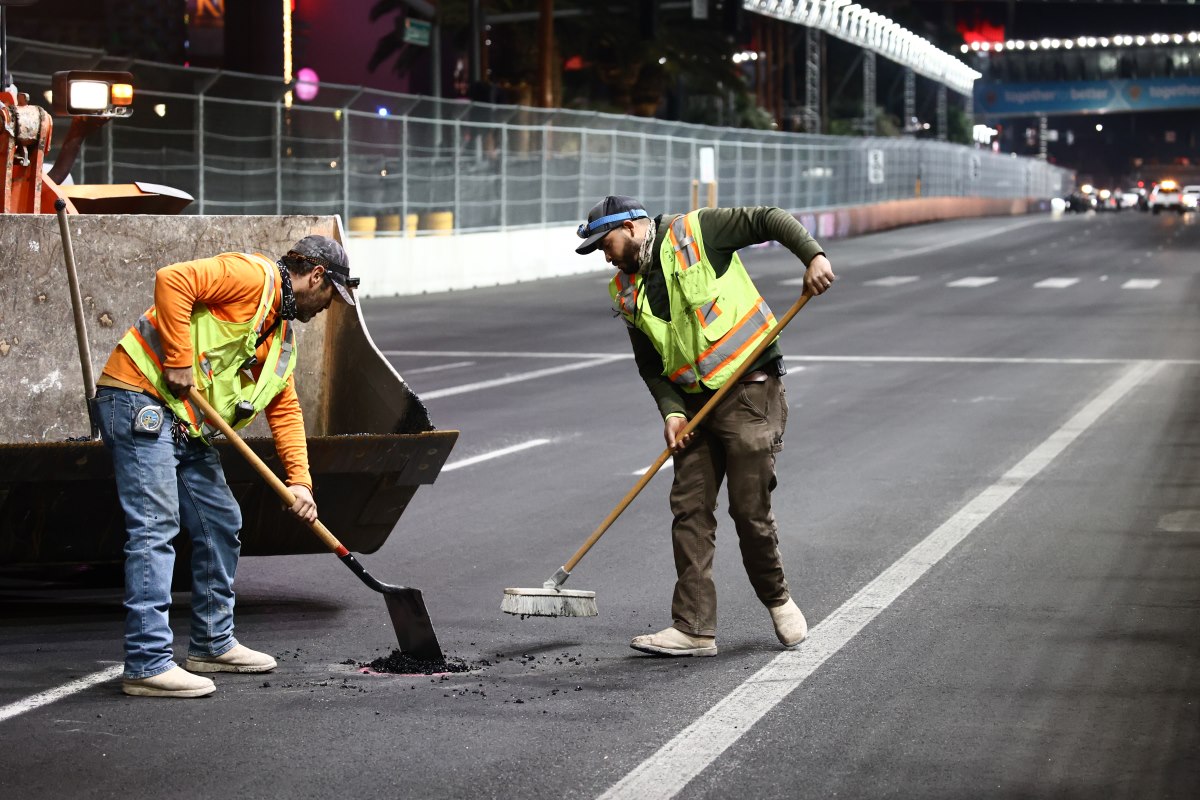
All of the hand-wringing about new and locally controversial events often goes away once cars are on track. But the Las Vegas Grand Prix controversy didn’t end with the first green flag.
Drain covers, which often lift out of the ground in response to high-downforce cars traveling over them at high speeds, are a unique feature of street circuits. Think about the leaves that kick up behind your car as you drive. Now consider much higher aerodynamic forces and speeds and apply that same concept to a steel and concrete water main cover.
As you’d imagine, it would do quite a bit of damage, as both Carlos Sainz (Ferrari) and Esteban Ocon (Alpine) can attest.
Sainz’s Ferrari pulled up the steel cap, causing “damage to the monocoque, the engine, the battery” that will “cost a fortune,” according to team boss Frédéric Vasseur. What’s more, Formula 1 imposed the standard grid penalties on both teams for their respective repairs.
Fans booted from grandstands at the Las Vegas Grand Prix
For fans who spent four or five figures, a truncated FP1 session is surely a disappointment. But there’s also the second practice session, right? Wrong.
After spending hours inspecting every drain and manhole cover on the circuit, FP2 started at roughly 2 a.m. local time in Las Vegas.
Tyler Thompson is a longtime racing fan and was in attendance when all the chaos kicked off Friday night. MotorBiscuit reached out for more details about the fan experience during and after the manhole incident in FP1. To start, Thompson drove up from Phoenix to catch the practice sessions and noted, “[Walk-up] tickets for the Skybox were $2,750.”
After the drain cover incident in FP1 occurred just after 8 p.m., Thompson says fans were told “they were fixing the problem, but FP2 was delayed.” After nearly four hours of little information, fans were informed that FP2 was set for a 90-minute session beginning at 2 a.m.
Excited about the prospect of seeing F1 cars on the streets of Las Vegas for more than nine minutes, Thompson says he and many other fans “waited, and then they inexplicably sent out a message over the intercom at 1:30 a.m. that the fan area was being closed and to leave the premises.”
Moreover, Thompson says staff “kept telling patrons there would not be an FP2, but everyone could see in the garages they were preparing to run the cars.” Things only escalated from there, as he indicated that “they brought in Vegas Police to force everyone off the premises. They told us to go to Guest Services, where they refused to do anything.”
And while the official reason for closing the fan areas was for “logistical issues,” workers at the Las Vegas GP, Thompson says, reported that Formula 1 “didn’t want to pay them overtime to stay until 4 a.m. when [FP2] finally finished.” And for those willing to watch from outside the fan areas, “[staff] actively worked with their security to prevent us from watching outside the fenced-in areas.”
Formula 1 should know better
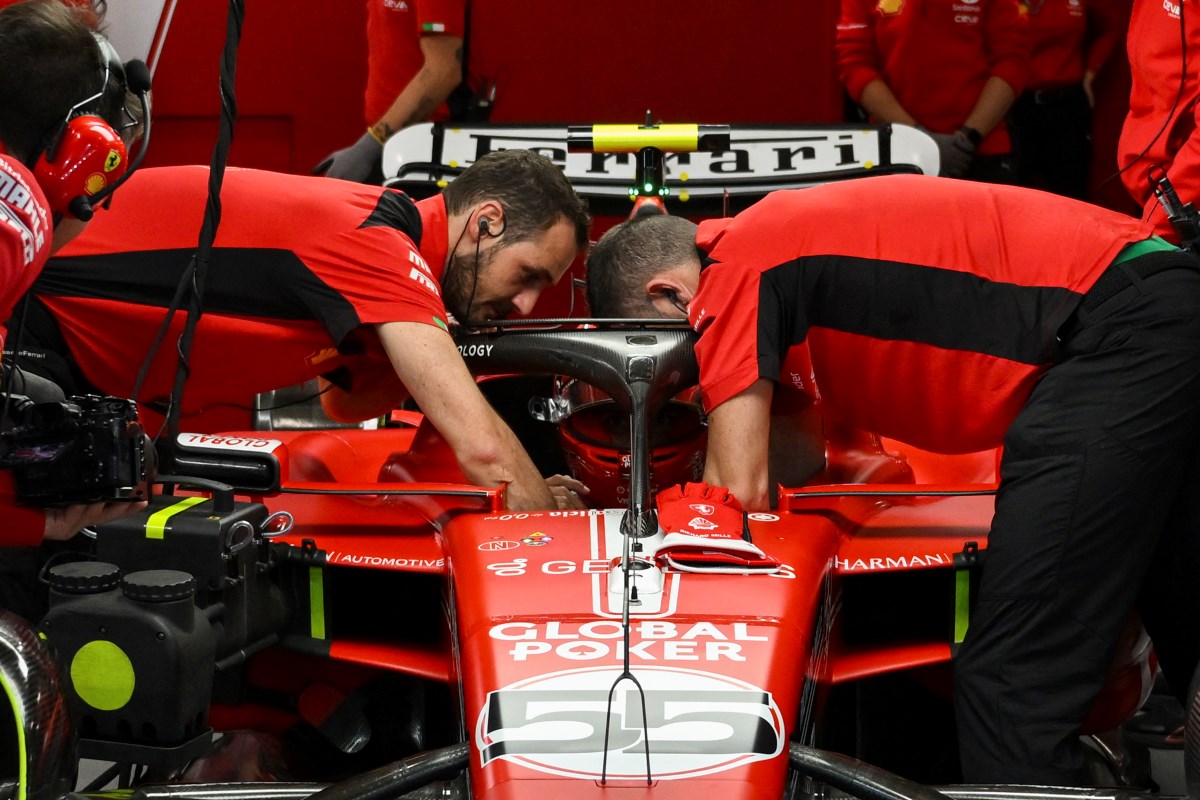
All of the above problems aren’t simply a bad look. They’re big missteps from an organization known for mismanagement in the past. You don’t need to go back that far to see the disaster of the 2005 United States Grand Prix, where concerns over tire safety saw just eight cars take the green flag.
In this instance, according to the FIA, “It was the concrete frame around a manhole cover that has failed. We now need to check all of the other manhole covers which will take some time.”
But issues like flying drain covers shouldn’t be a thing.
This is a series that races on the streets of Monaco, Baku, Miami, and Singapore. It has experience with street course races and all the hazards that come with them. Waiting until there was an issue to inspect all the manhole and drain covers around the track is a gross oversight.
Moreover, Formula 1 is putting on this race itself — one of the few times in history a third-party promoter isn’t involved. That puts the onus for everything (track prep, fan access, and, of course, penalties) squarely onto F1’s shoulders.
So far, it doesn’t seem to be up to the challenge.
Credit where it’s due: Las Vegas is a stunning backdrop
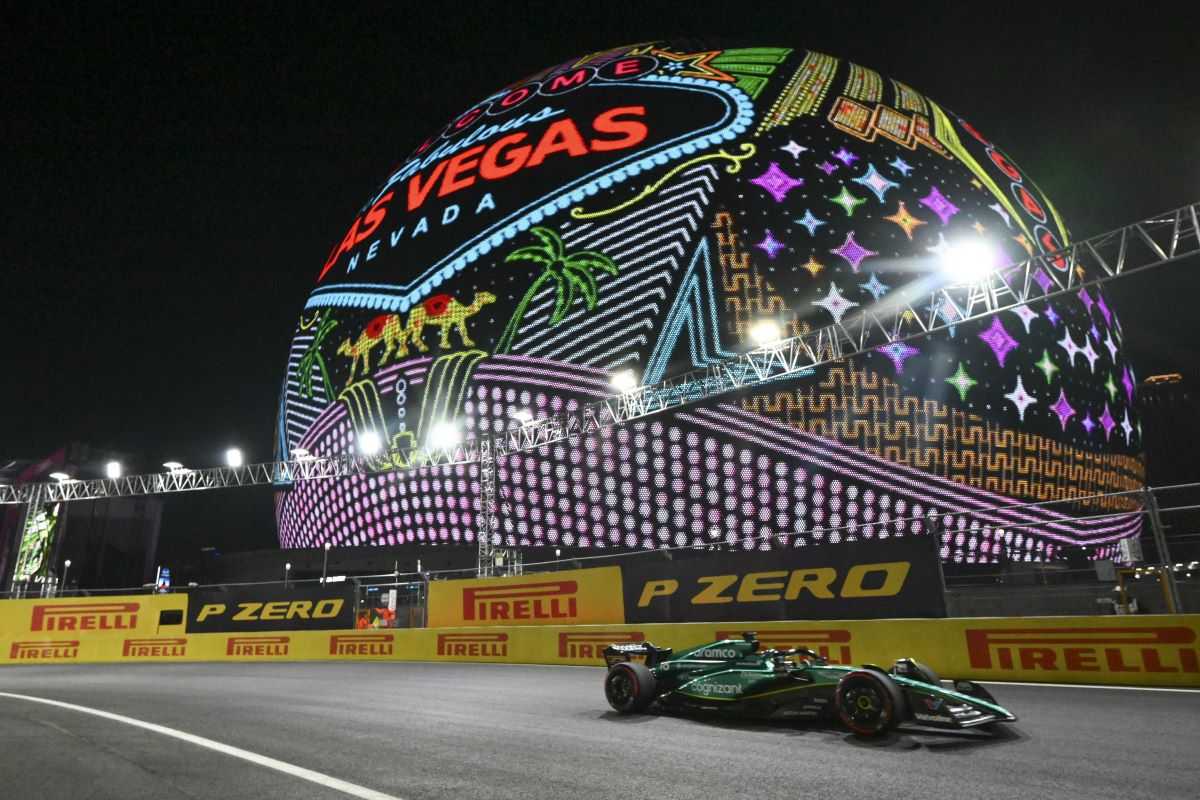
Without a doubt, there are problems surrounding the Las Vegas Formula 1 weekend. But to focus solely on those failures is a disservice to the amount of work it took to get here.
The setting is ideal for F1, with neon lights and high stakes at every corner. Many out there are seemingly rooting for this weekend to fail, but I am not one of them.
I’m frustrated by the problems this weekend because I know Formula 1 can do better. It was a mad rush to conceive, build, and host a race in Las Vegas. Along the way, the sanctioning body cut corners and burned bridges with the locals. From cutting down trees to restricting access to some of Vegas’ most revered sights months in advance, F1 clearly didn’t do its due diligence in garnering public support for its event before this weekend.
Then, to have the track come apart so early in the first session only bolsters those who want this to fail. There are simply too many intelligent and ambitious people within the sport for this weekend to have started on such a sour note.
Formula 1 still has time to make the Las Vegas Grand Prix a success
It’s off to an inauspicious start, to be sure, but the Las Vegas Grand Prix isn’t a total failure. The backdrop is stunning, filled with neon lights and the seemingly omnipresent Sphere at the Venetian. A good set of qualifying sessions and an entertaining race will go a long way to erase this bad first impression.
But so far, the LVGP has been a masterclass in F1 mismanagement.
